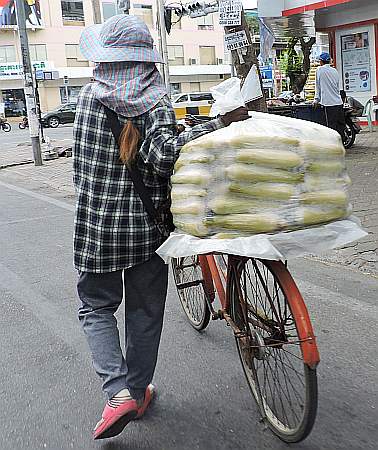

Charlie Dittmeier's Home Page



When I worked in a girls high school in the United States, it was every girl’s dream to be a cheerleader. Here in Cambodia, the girls dream of being Apsara dancers–and they start early.
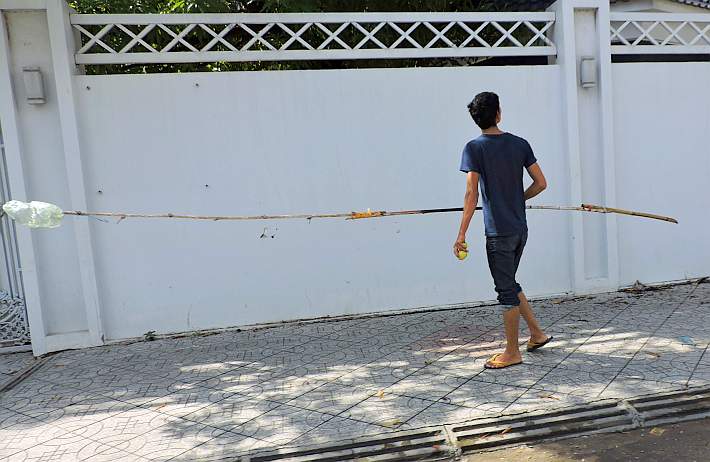
This scene is not uncommon in Cambodia—a young man with a mango picker, a long bamboo pole with some sort of basket at the end to put around a mango so that the mango is caught when it is pulled from the tree. This boy already has one mango in his hand. A question: is he collecting mangoes from his own trees or using the long pole to reach into others’ yards to get their fruit?
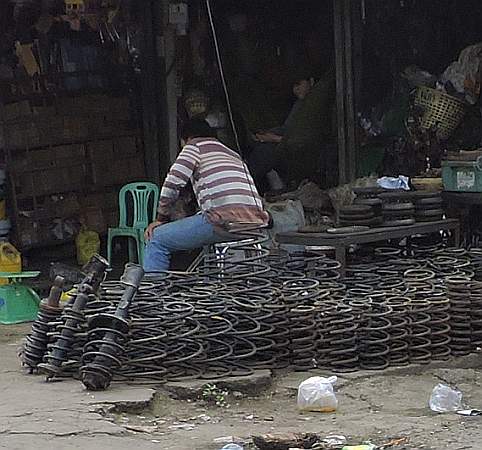
In an earlier post, a man was selling standard motorcycle shocks. This man has shocks, too, but heavy duty stuff!
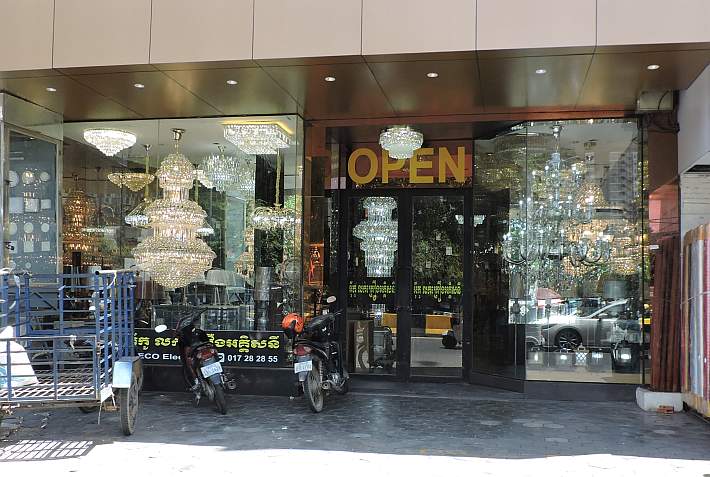
In Moving Up earlier, I opined that the advent of a market for new and used water coolers, washing machines, and other appliances is an indicator of Cambodia’s gradual rising to a lower middle income country. Another such indicator is the increasing number of electrical shops that used to sell 50-watt bulbs and are now selling high-end chandeliers. They know some people have money and are will to part with it to show their new-found status.
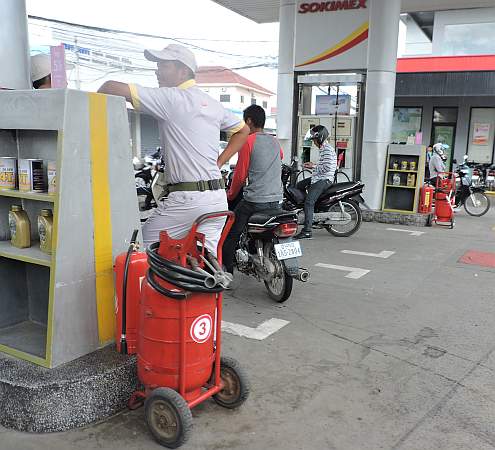
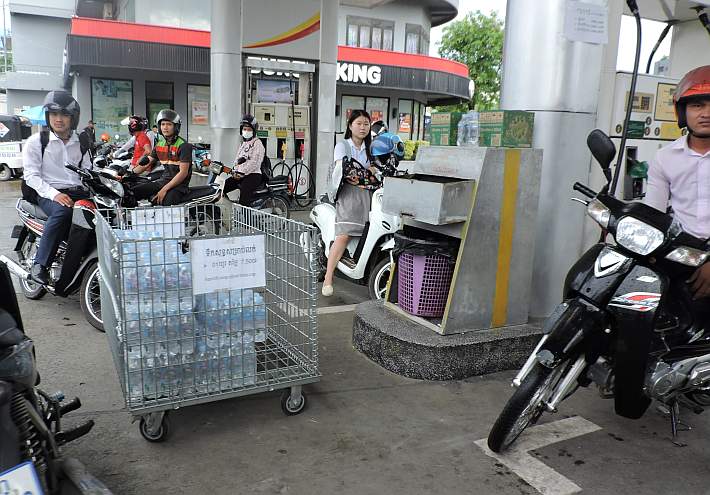
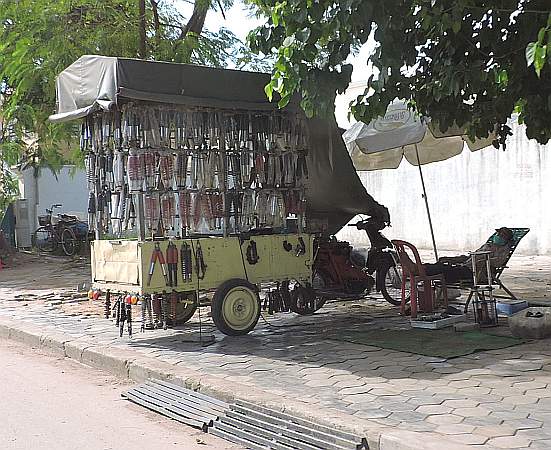
Experiencing rough rides? Got bruises on your behind? You need new shocks–and we got ’em!
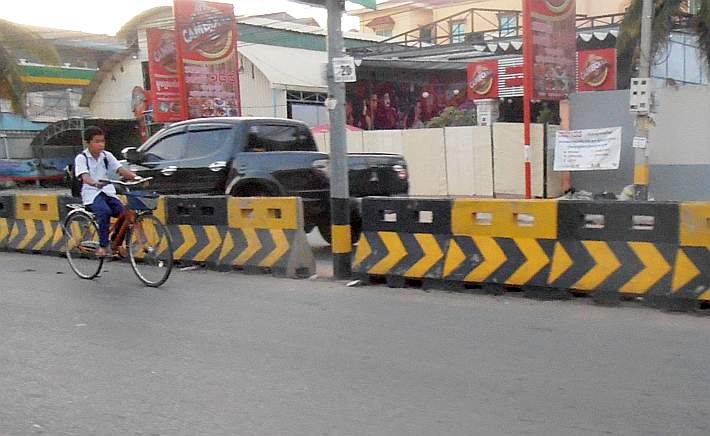
Here’s a picture of a schoolboy riding in the fast lane of one of the busiest major streets in Phnom Penh. But it’s the Kingdom of Wonder, so don’t wonder too much about the insanity. My theory on such counter-intuitive behavior is that 90% of the urban population grew up in the rural area where there were no cars, no paved roads, etc., and daily life was lived in the dirt roads of the village. They were the only clear places to gather and there was no traffic to disrupt a gathering. Those people later moved to the city and brought their ways of doing things with them and passed them on to their children. That’s why we average six traffic deaths a day.

Having a mobility disability is not easy in Cambodia. The government’s social welfare programs are almost non-existent and are tremendously ineffective where they do exist. People with disabilities often have to fend for themselves, like this man in a wheelchair who darts among the cars stopped at a red light, looking for alms. The driver of my autorickshaw (like the white one by the wheelchair) got out and gave this man something.
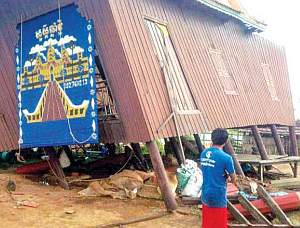
Today’s papers reported about damage caused by storms that swept across three provinces on Friday. 4 people were killed, 77 injured, and nearly 3,200 houses were damaged, 238 of them totally destroyed. This is not unusual in Cambodia where nature routinely makes itself known even though Cambodia is not directly affected by the big typhoons that cause so much damage in coastal nations like the Philippines, China, and Vietnam.